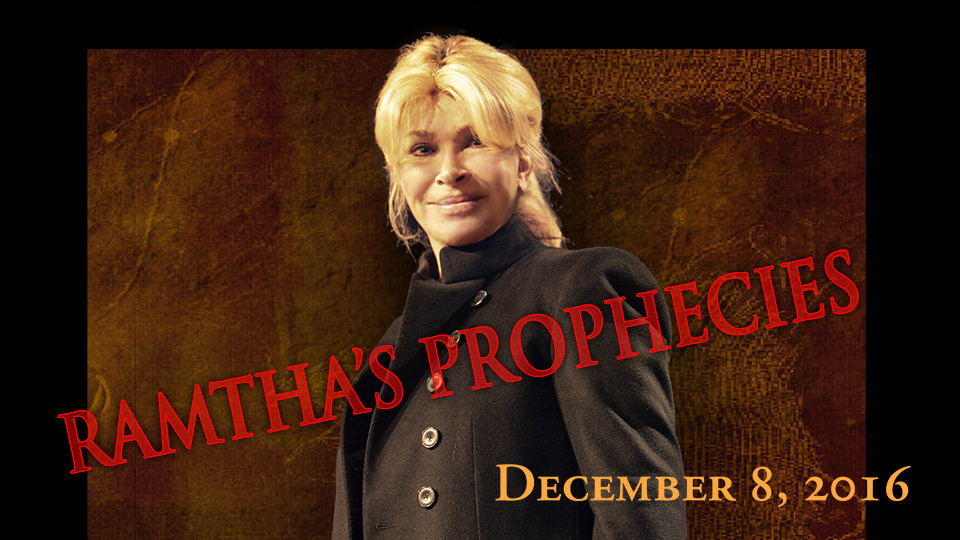Unusual animal, bird and insect behavior –
Ramtha on this subject years ago
– “Hairy, Crazy Ants Invade From Texas To Miss.”
“He’s been back to check on the hairy crazy ants. They’re still around. The occupant isn’t.
The flea-sized critters are called crazy because each forager scrambles randomly at a speed that your average picnic ant, marching one by one, reaches only in video fast-forward. They’re called hairy because of fuzz that, to the naked eye, makes their abdomens look less glossy than those of their slower, bigger cousins.
And they’re on the move in Florida, Texas, Mississippi and Louisiana. In Texas, they’ve invaded homes and industrial complexes, urban areas and rural areas,” quoting Janet McConnaughey in the Huffington Post.
Read more of the full report.
– “Video: Octopus crawls out of water and walks on dry land”
Read more by Eric Pfeiffer for The Sideshow.
– “Bird-Watchers Revel in Unusual Spike in Snowy Owl Sightings”
“The white, two-foot-tall birds, which live in the Arctic the rest of the year, are known to fly south in large numbers every few winters in what is known as an irruption. But this year, the numbers are unusually high, said Denver Holt, director of the Owl Research Institute in Charlo, Mont.”
Read more from Jim Robbins in The New York Times.
– “Seattle woman finds unusual sea creature on her deck”
“Ribbon seals seldom travel this far south”
“Ribbon seals normally don’t venture as far south as Seattle, and especially not far up the Duwamish River,” quoting KCPQ-13 FOX News in Seattle.
Peter Boveng, leader of the National Marine Mammal Laboratory’s Polar Ecosystems Program called the sighting “really unusual.”
– “Quaint Aussie fog is actually a horrifying spider web”
Read more from MSN.
– “Rare sighting of muskox reported in northern Alberta”
“Muskox are arctic mammals with thick coats and long, curved horns. Wettlaufer [Dan Wettlaufer, owner of the Andrew Lake Lodge] said he normally has to travel 500 kilometres north of Leland Lake, which is near the Alberta/Northwest Territories border, to see one.
‘For the casual person that hasn’t seen one, you kind of have to imagine the combination of a bison and a woolly mammoth. They have a real unique prehistoric character,’ said Wettlaufer.
He thinks this might be the first sighting in Alberta,” quoting Manisha Krishnan in the Edmonton [AB.] Journal.
Read more
– “Climate change sees tropical fish arrive in Tasmania”
By environment reporter Conor Duffy for ABC News of Australia.
Read more
– “Study: Wildlife vanishing at ‘staggering rate’ in Brazil forests”
By Reuters.
Read more
– “Bird native to Russia unexpectedly shows up in Southern California”
By the UPI, July 24, 2013.
Read more
– “Shark tale: 12-foot Arctic predator caught in warm Gulf of Mexico”
By Nidhi Subbaraman NBC News on Aug. 16, 2013.
Read more
– “Army of volunteers compiles possible evidence of climate change in Alaska”
By Alex DeMarban in Alaska Dispatch on November 4, 2013.
Read more
– “West Coast Starfish Turning to ‘Goo’ Is Latest in Mass Wildlife Deaths”
By Liz Fields on ABC News on November 5, 2013.
Read more
– “Wildcat kills employee at Oregon animal sanctuary”
“The facility cares for captive-born wildcats with a history of abuse or neglect. Further details about the attack have not yet been released,” quoting Joel Landau, New York Daily News.
Read more
– UPDATE: January 9, 2014
“Who? Where? Snowy owls are flocking to East Coast”
“But the trip the snowy owls have been making, 3,000 miles from their usual habitat in the Arctic Circle, has put these magnificent creatures in danger.”
“Which means that if you live on the East Coast, you no longer have to rent a movie to see the owl harry Potter made famous. They’ve been spotted as far south as Florida,” quoting Jim Axelrod, CBS News.
Read more
– UPDATE: September 11, 2014
“See the Effects of Climate Change in 3 Birds”
By Dave Johnson, TIME.
Read more
– UPDATE: October 10, 2014
“Nemo and chips? Tropical fish are fleeing warming waters and heading to the poles”
By Clive Trueman, Associate Professor of Marine Ecology at University of Southampton.
Read more
– UPDATE: December 18, 2014
“Birds ‘heard tornadoes coming’ and fled one day ahead”
By Jonathan Webb Science reporter, BBC News.
Read more
– UPDATE: December 26, 2014
“Out of Place Birds, Cougars, Turtles, Clouds and Rainbows”
“December so far has yielded out of place bird migrations with species showing up in places not seen since 1870, along with rainbows in the driest place on Earth,” quoting this YouTube report.
Read more
– UPDATE: March 13, 2015
“Wild wolf is spotted wandering around residential street just 300 miles from London (but unless it can swim we should be OK)
* Lone wolf seen wandering the streets in the Dutch town of Kolham
* Thought to have entered the Netherlands from nearby Germany
* Eyewitnesses said animal appeared hungry and was looking into gardens
* Experts wolves have not been seen in the country for 150 years,”
By Sam Matthew, UK’s Daily Mail.
Read more
Ramtha on strange animal, bird and insect behavior from 2007
“The migratory rates of birds will change according to the shift and there will be a curious absence of birds on the continents of Europa and Upper Asia. They will simply disappear like the bees. And in that time all the rodents and all the insects will be running for shelter. They are endeavoring to find lodgings.
Wild animals will have a curious migration. In the Far North, they will see great herds roaming further into the continent of Canada. You will see great herds crossing Lake Erie. That spectacle will be seen in two years. Of the animals further south, you will see a very similar change.”
– Ramtha
Change – The Days That Are Here
April 14, 2007
CD 0705 — Vol. 28, #5
Click here to purchase the audio CD.



